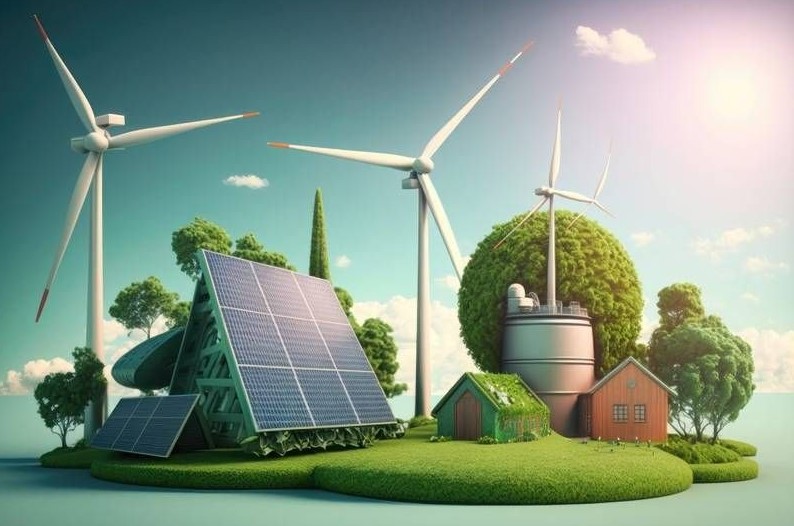Third generation ethanol, also known as advanced biofuels, refers to the production of ethanol from non-food feedstocks such as algae, grasses, and woody plants. Unlike first and second generation ethanol, which are primarily produced from food crops like corn and sugarcane, third generation ethanol is produced from non-edible plants that do not compete with food production.
One of the main advantages of third generation ethanol is that it has the potential to greatly increase the sustainability and scalability of biofuels. Because non-food feedstocks can be grown on marginal or otherwise unusable land, they do not compete with food production for land and water resources. Additionally, many non-food feedstocks have much higher energy yields per acre than food crops, making them a more efficient use of resources.
Another advantage of third generation ethanol is that it can be produced from a wide variety of feedstocks, including algae, grasses, and woody plants, which can be grown in many different climates and regions. This diversity of feedstocks can help to reduce the risk of crop failure and increase the resilience of the biofuels industry.
However, third generation ethanol is still in the development stage and not yet commercialized, so the cost of production is still relatively high compared to first and second generation ethanol. Additionally, the technology for converting non-food feedstocks into ethanol is still under development, and more research and development is needed to make the process more efficient and cost-effective.
Overall, third generation ethanol has the potential to greatly increase the sustainability and scalability of biofuels, but more research and development is needed to make it a viable commercial alternative to first and second generation ethanol.




